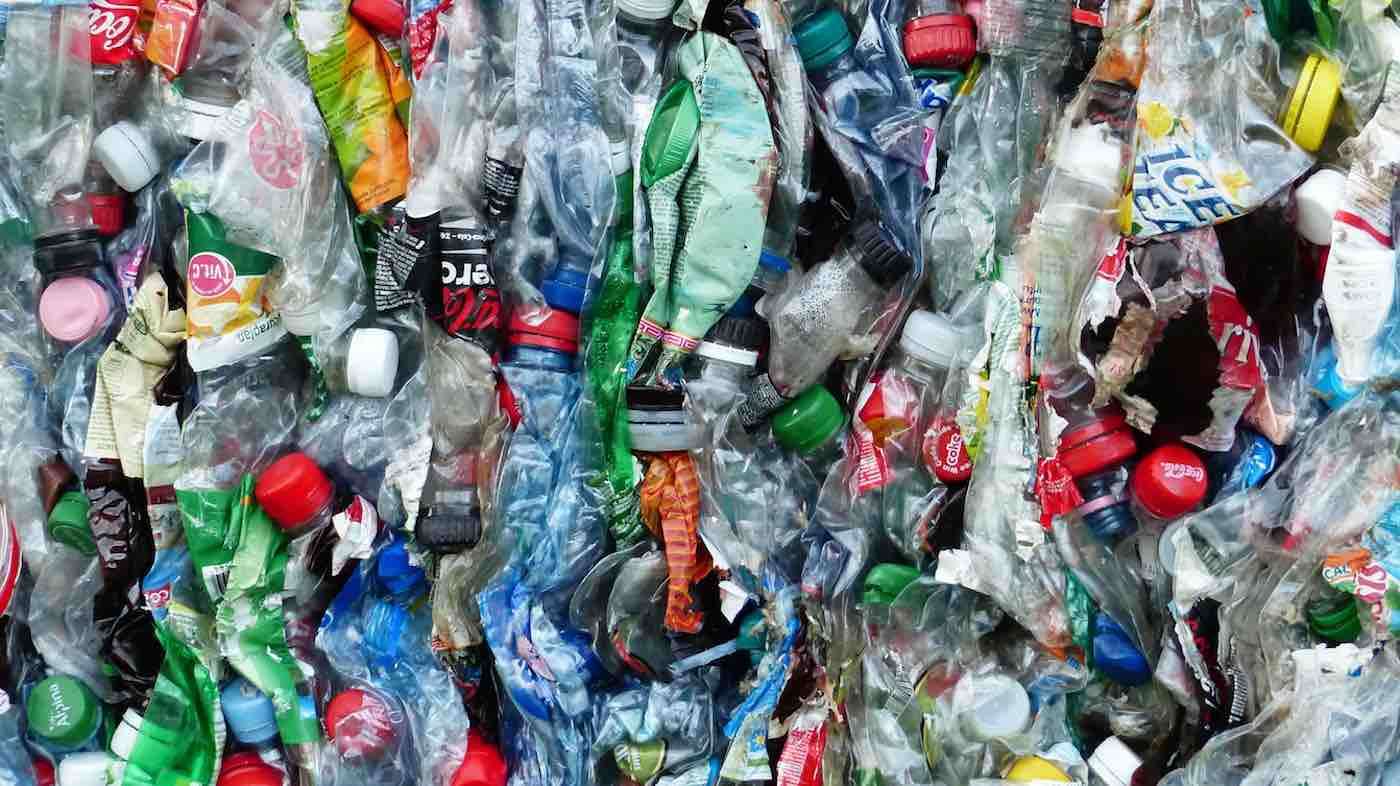Giant Storms on Jupiter Captured By Incredible NASA Images Sent From Juno Spacecraft
NASA has released incredible images of Jupiter and its storms that were taken by the Juno spacecraft on a recent flyover.

Microbiologists have found a way to use bacteria to trap microplastics, removing them from the environment and making them easier to recycle.
The new technique, developed by scientists at Hong Kong Polytechnic University, uses bacterial biofilms—a sticky substance created by micro-organisms—to trap microplastic particles. The biofilm is then processed and dispersed, releasing the microplastic particles for processing and recycling.
Microplastics are hugely problematic and pose a major risk to food chains and human health, according to Researcher Yang Liu: "They are not easily bio-degradable, where they retain in the ecosystems for prolonged durations. This results in the uptake of microplastics by organisms, leading to transfer and retention of microplastics down the food chain.
"Due to their huge surface area and adsorption capacity, microplastics can adsorb toxic pollutants, such as pesticides, heavy metals, and drug residues at high concentrations.
"This leads to biological and chemical toxicity to organisms in the ecosystems and humans after prolonged unintended consumption of such microplastics. Moreover, microplastics are also difficult to remove in wastewater plants, resulting in their undesired release into the environment."
In more detail, the researchers used the bacterium Pseudomonas aeruginosa to capture microplastics in a bioreactor. This species of bacteria is found in all environments and has previously been shown to colonize microplastics in the environment. P. aeruginosa biofilms cause the microplastics to aggregate together, eventually causing them to sink. In bioreactors, this makes the microplastics more convenient to collect.
Once the microplastics were captured by the biofilms and had sunk to the bottom of the reactor, the researchers used a biofilm-dispersal gene, which caused the biofilm to release the microplastics.
Liu explained that this "allows convenient release of microplastics from the biofilm matrix, which is otherwise difficult and expensive to degrade, so that the microplastics can be later recovered for recycling."
Microplastics are plastic particles less than 5mm in diameter. They can enter the environment through a number of sources including the breakdown of larger plastic pieces, washing of synthetic clothing, breakdown of car tires, and plastic waste directly from industry. The current methods for microplastic disposal, such as incineration or storage in landfill, are limited and have their own disadvantages.
The next steps of the research, which was published in the Chemical Engineering Journal earlier this year, are moving the proof-of-concept from the lab to an environmental setting
Liu and colleagues hope the technique will eventually be used in wastewater treatment plants to help stop microplastics escaping into the oceans. They also have to find natural compounds to stimulate biofilm dispersal of the pro-biofilm forming bacterial isolates, saying "this provides a basis for future applications in wastewater treatment plants, where microplastics can be removed in a safe and environmentally friendly manner."
Research like this, that could reduce the ‘plastification' of our natural environments, is good news indeed.
Source: Hong Kong Polytechnic University
SHARE This Hopeful Microplastics Breakthrough With Others…
Be the first to comment